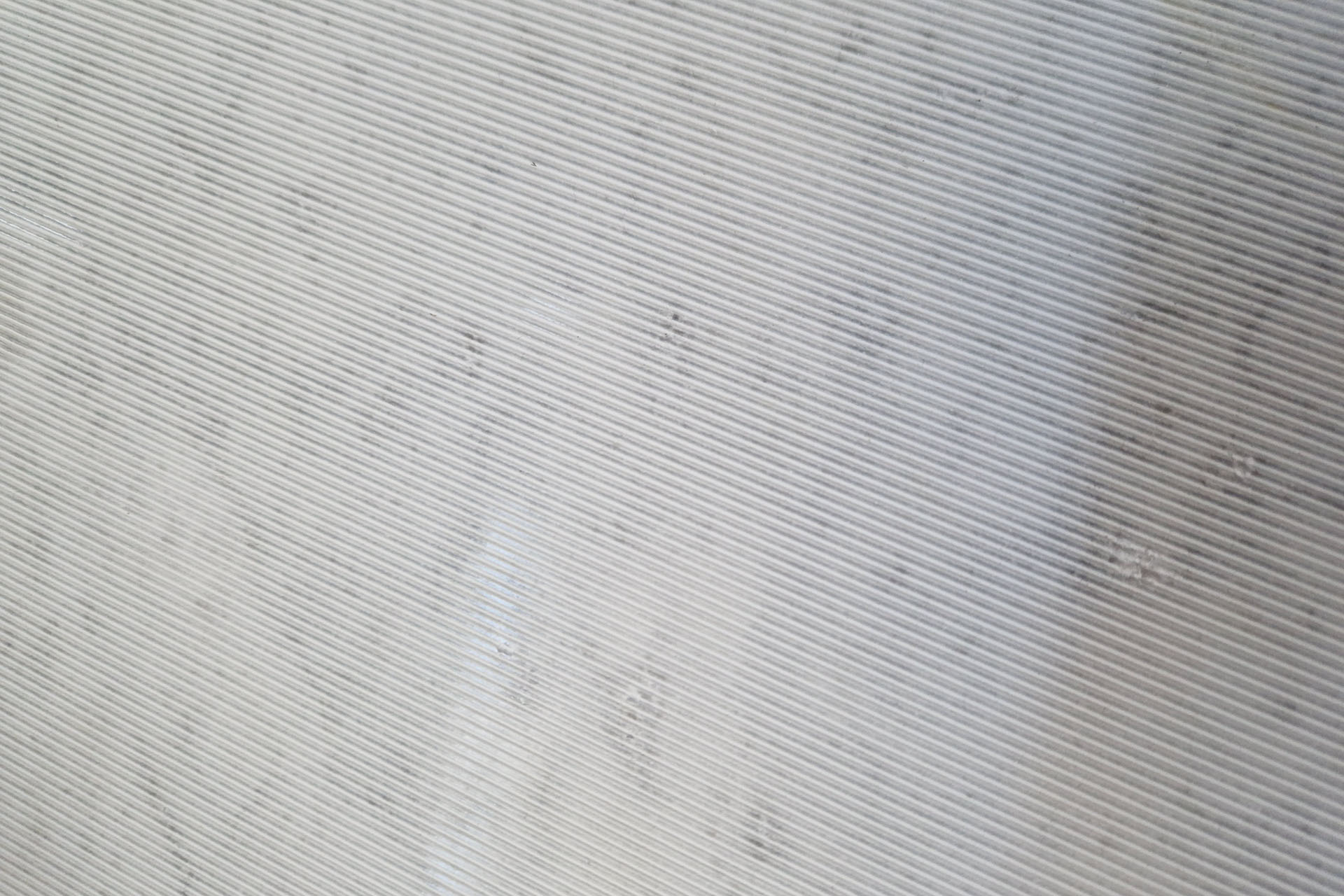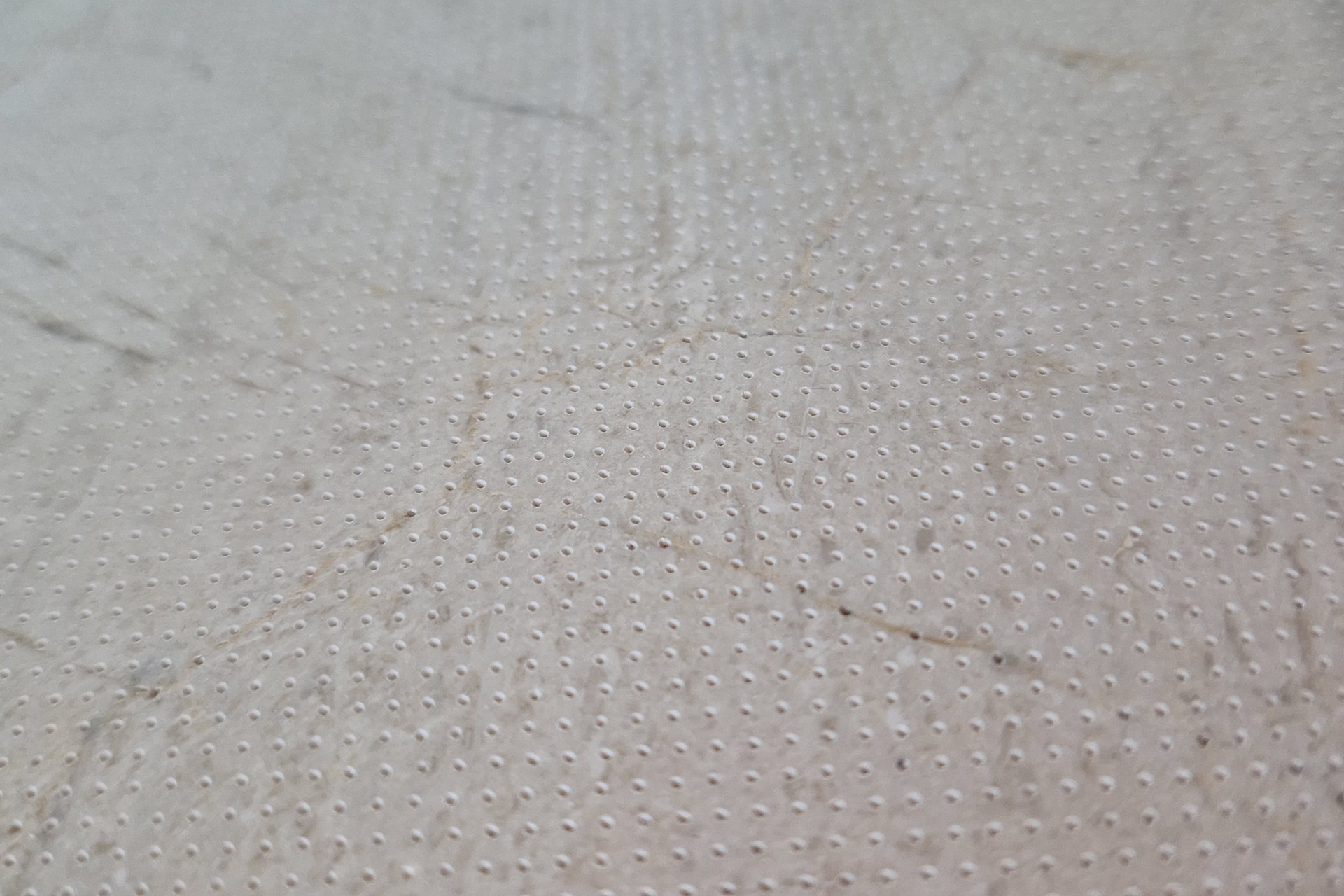Among the most interesting applications of laser machines for interior and exterior design, laser marking for non-slip floors is becoming increasingly popular. When it comes to safe and comfortable environments, non-slip floors play a key role, both in public places and inside homes. If aesthetics are important, a non-slip floor increases the value of a property and prevents the risk of falls and accidents. The laser’s performance and features meet this requirement with much more efficiency and simplicity than other treatments.
Let’s see how laser marking allows to comply with the regulations in question by creating safe and customized non-slip flooring and tiles.
Which are the anti-slip floors?
Non-slip floors are designed to increase friction with the sole of shoes or the soles of feet in order to avoid falls. Indispensable in humid environments, such as swimming pools, public baths or industries that use slippery substances, these floors prove to be valuable allies in any context.
Even in homes, aesthetically highly appreciated floors such as porcelain tiles or ceramic floors can be slippery to use. The choice of solutions and tiles with appropriate anti-slip treatment protects users from the risk of accidents. Precise international standards have been established to classify the coefficient of friction of a floor, which make it possible to distinguish the safety of tread surfaces.
What does slip resistance mean and how to measure?
In Italy, for the measurement of non-slip floors, there is a friction test based on a value μ that indicates the coefficient of friction of tiles. Non-slip flooring shall have a minimum value of 40. Internationally, the slip resistance parameters DIN 51130 and DIN 51097 are used to indicate the coefficient of friction of a floor in a transparent way. What do they mean?
DIN 51130: what does floor R10 mean
The DIN 51130 standard, which is legally valid in many countries such as Germany, uses a friction value R defined by a test on the floor. To carry out this test, a slab is sprinkled with oil and its resistance to slippage is assessed when it is tilted, on the basis of an operator’s test who crosses it wearing shoes. The friction guaranteed by the tile according to the inclination defines 5 resistance classes:
- R9 floor – normal adhesion, 3° to 10°, suitable for entrance areas of shops, restaurants, schools, hospitals.
- R10 floor – medium grip, from 10° to 19°, suitable for basement floors, garage floors or tiles in public or private bathrooms.
- R11 flooring – high adhesion, from 19° to 27°, suitable for outdoor flooring such as gardens or swimming pools, or for industrial and professional environments that make extensive use of water.
- R12 flooring – strong grip, from 27° to 35°, ideal for environments and exercises in which oily substances are used or for environments such as garages and access ramps.
- R13 floor – very strong grip, with inclination greater than 35°, for industries and environments that handle large quantities of greasy substances or for outdoor areas with steep slopes.
DIN 51097: Adhesion degrees of floors for walking barefoot
Some non-slip floors are specifically made for environments where people walk barefoot. In this case, a test with soap and water is the basis of DIN 51097 and defines three coefficients, or degrees of inclination, to determine the adhesion of the floor:
- A coefficient: indicates medium grip with an inclination of 12° to 18°, ideal for floors such as gym changing rooms.
- B coefficient: the floor has a high adhesion, from 18° to 24°, and is therefore suitable for damp environments such as showers or pool edges.
- C coefficient: indicates strong grip, with inclination greater than 24°, ideal for stairs that go down under water, cellar slides and garage, Sloping areas or outdoor areas of busy public places.
How to make a floor non-slip?
To be defined as non-slip, the floors must have precise characteristics based on the material with which they are made and the texture of the surface. Passing the tests allows you to obtain the necessary certification for certain environments according to the country’s regulations. To make a floor non-slip, there are several techniques and treatments, such as:
- Non-slip floor coating with abrasive resins
- Chemical treatment of floors with substances and paints that make the floor rougher
- Mechanical engraving of grooves on the floor
- Laser marking of tiles and floors to create precise, customized and durable textures

What are the advantages of laser marking for non-slip floors?
Marking with CO2 laser machines uses a very high precision laser beam to vaporize microscopic amounts of material on the floor surface creating an anti-slip texture. Compared to other techniques for making a floor non-slip, the laser has exclusive advantages:
- Maximum precision of the textures created thanks to advanced software that controls the entire process for a uniform and high-profile result
- Versatility and customization of surfaces, thanks to the possibility to create complex drawings and graphics, unique effects and infinite variations, without start-up costs
- Process sustainability, as laser marking reduces waste and avoids the use of paints and other chemicals to achieve non-slip texture
- Resistance to wear of the created texture that has a longer life than those obtained with other coatings and surface treatments
- Speed of the process, which allows to make anti-slip flooring and tiles with speed and maximum repeatability even on large surfaces
- Simple maintenance compared to floors treated with other solutions that require maximum attention in use
The high-tech OT-LAS laser marking for non-slip textures
Not all the laser machines on the market have maximum performance, suitable for the construction of non-slip floors. In order to be able to process different types of material effectively and achieve a high-level result, advanced technology is required.
With the experience gained in interior design, OT-LAS designs and manufactures high performance laser systems for the production of coatings and tiles with unique and personalized effects. The advantages of OT-LAS machines for creating non-slip textures for floors include:
- More power, efficiency and quality performance thanks to proprietary technology and Made in Italy with high-resolution galvanometric scanning head and high power
- Maximum precision of the result thanks to the polar optical system with high definition and the graphic and operating software with Corel Draw engine
- Working area ideal for large surfaces and large plates, with mobile table and customizable length according to needs
- Possibility of engravings on 3D surfaces and unique and exclusive effects, thanks to the flexibility of the laser that allows to combine aesthetics and functionality
- Customizable configuration thanks to in-house design and realization of each laser system
Contact us to request information about the laser machine for non-slip flooring tailored to your needs.
